The Castle of Otranto Horace Walpole
Extraits
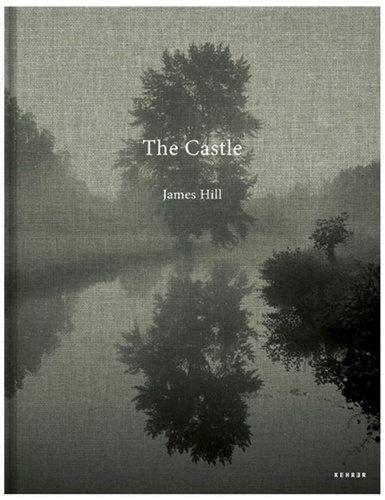
Photographie
The castle
06/2019
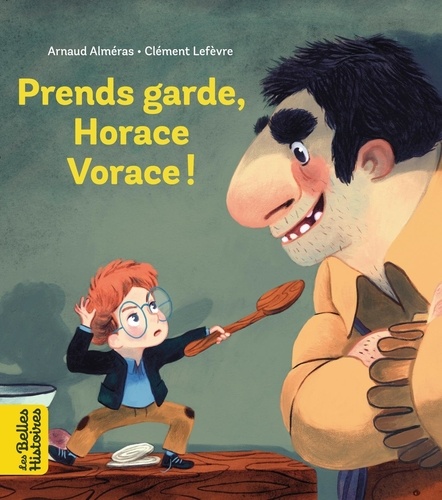
Bayard
Prends garde, Horace vorace
03/2024
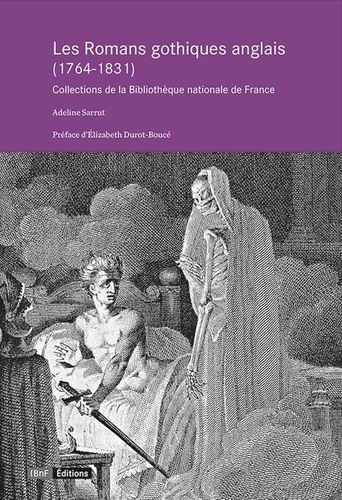
Genres et mouvements
Les Romans gothiques anglais (1764-1831). Collections de la Bibliothèque nationale de France
07/2021
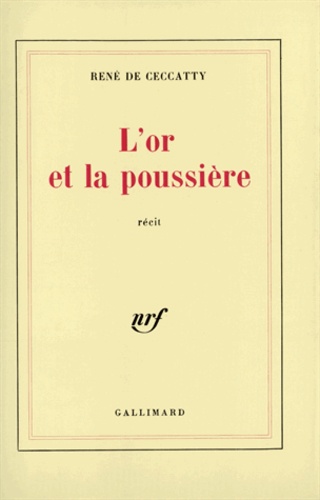
Littérature française
L'or et la poussière
01/1986
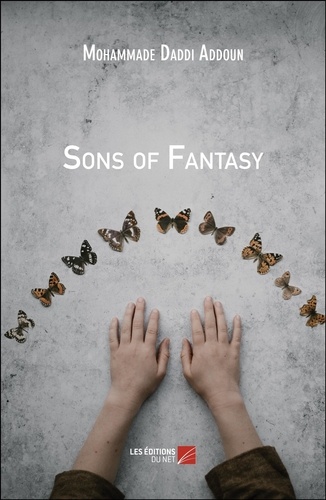
Littérature française
Sons of Fantasy
08/2018

Histoire internationale
After The Last Ship
04/2014

Monographies
Loire's castle
03/2024

Shonen/garçon
Sleepy Princess in the Demon Castle Tome 12
04/2024

Shonen/garçon
Sleepy Princess in the Demon Castle Tome 11
04/2024

Shonen/garçon
Sleepy Princess in the Demon Castle Tome 10
04/2024

Shonen/garçon
Sleepy Princess in the Demon Castle Tome 9
04/2024
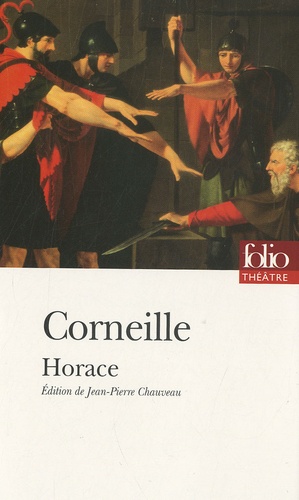
Littérature française (poches)
Horace
06/2007
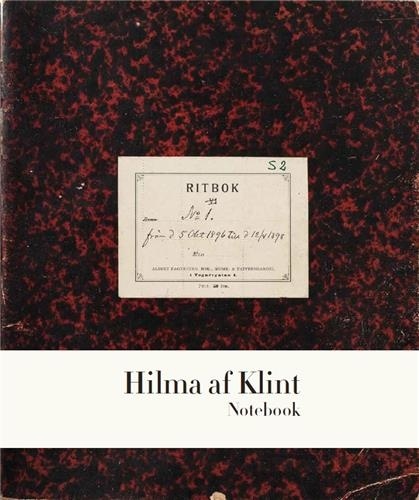
Monographies
Hilma af Klint. The Five Notebook 1
01/2022
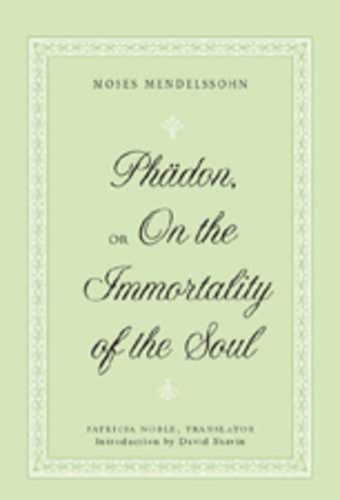
Philosophie
«Phädon», or «On the Immortality of the Soul»
12/2006
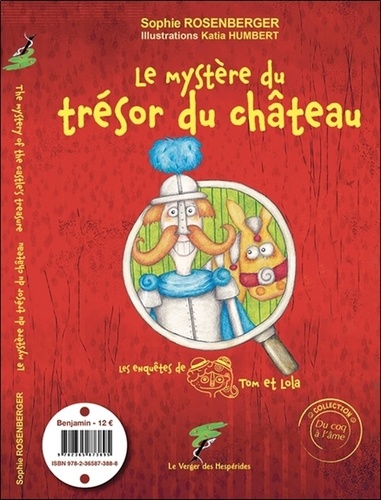
Autres collections (9 à 12 ans
Les enquêtes de Tom et Lola : Le mystère du trésor du château. Edition bilingue français-anglais
11/2021
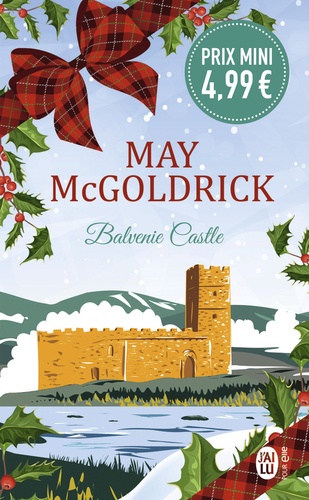
Romance historique
Balvenie Castle
11/2022
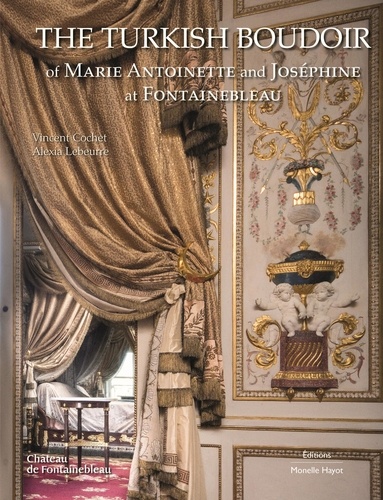
Architecture
The Turkish Boudoir of Marie Antoinette and Joséphine at Fontainebleau
03/2023

Sciences politiques
The Structure of Political Communication in the United Kingdom, the United States and the Federal Republic of Germany
11/1987
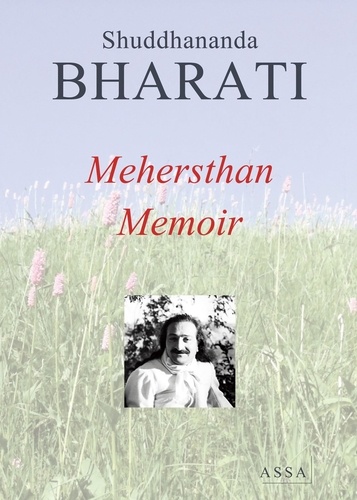
Littérature française
Mehersthan Memoir (Meher Baba)
07/2017

Littérature française
Saint Shuddhananda Bharati A visionary
11/2013

Histoire et Philosophiesophie
WHY SEX MATTERS. A Darwinian Look at Human Behavior
01/2000
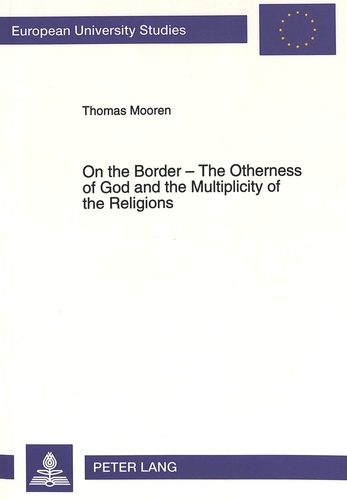
Histoire internationale
On the Border - The Otherness of God and the Multiplicity of the Religions
01/1994
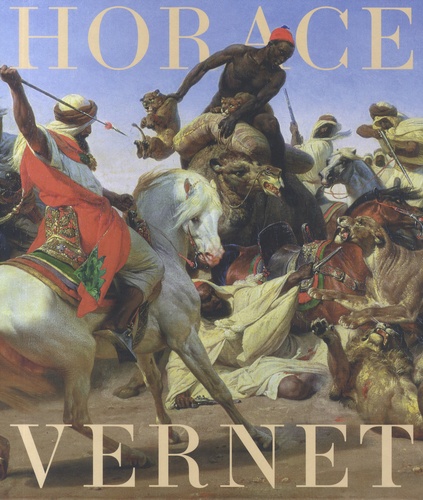
Histoire de l'art
Horace Vernet
12/2023
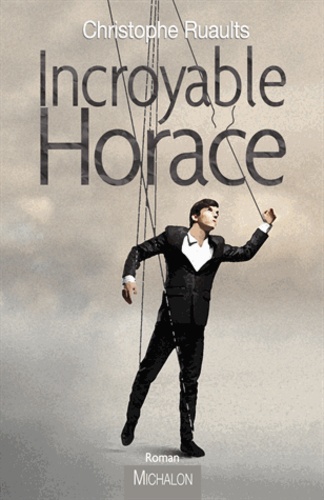
Littérature française
Incroyable Horace
04/2015
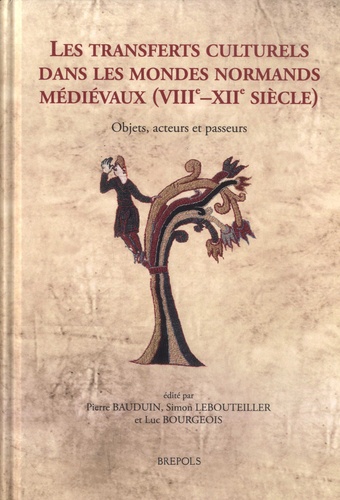
Histoire de France
Les transferts culturels dans les mondes normands médiévaux (VIIIe-XIIe siècle). Objets, acteurs et passeurs, Textes en français et anglais
01/2022

Histoire et Philosophiesophie
The Undergrowth of Science. Delusion, self-deception and human frailty
01/2000

Histoire et Philosophiesophie
Thinking about Physics
01/2000

Anglais apprentissage
LA VIERGE ET LE GITAN : THE VIRGIN AND THE GIPSY
02/1993
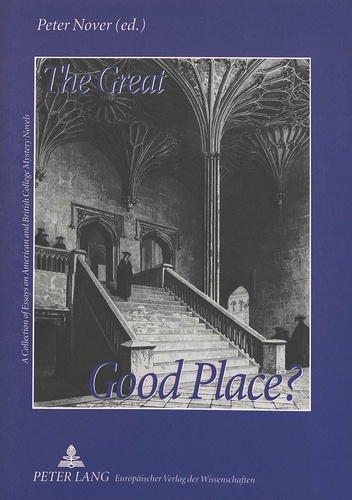
Non classé
The Great Good Place?
11/1999
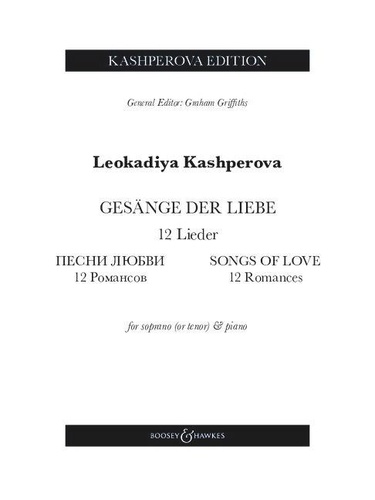
Musique classique
Songs of Love. 12 Romances. 12 Lieder. Soprano (tenor) and piano.
12/2023

